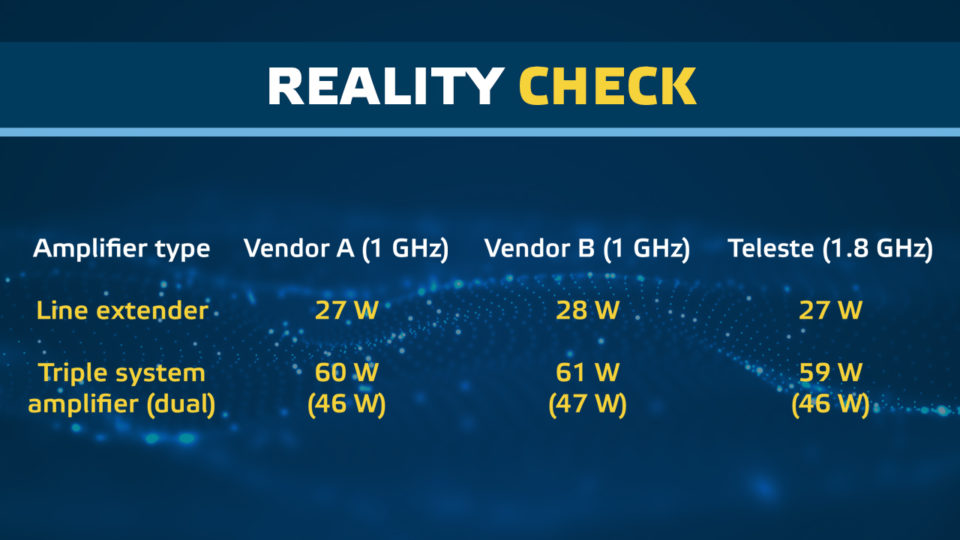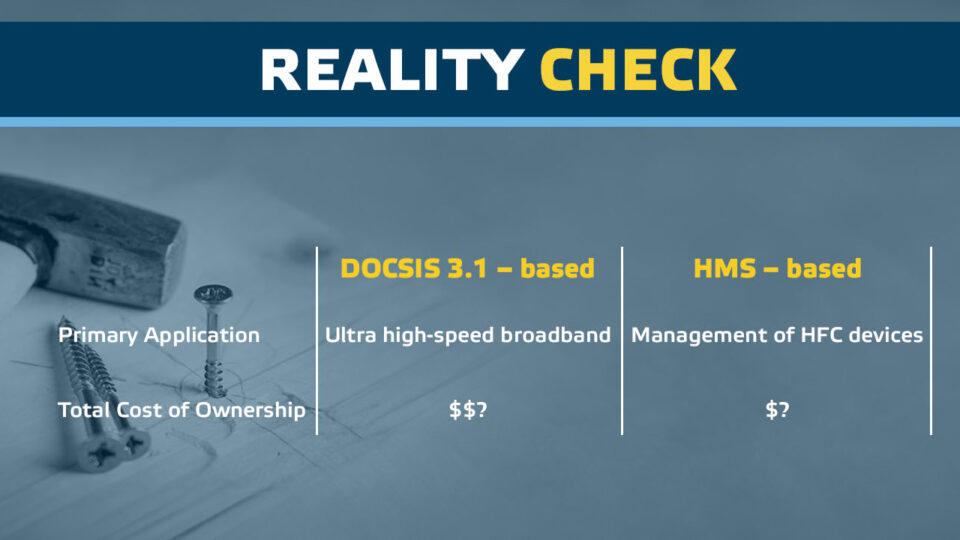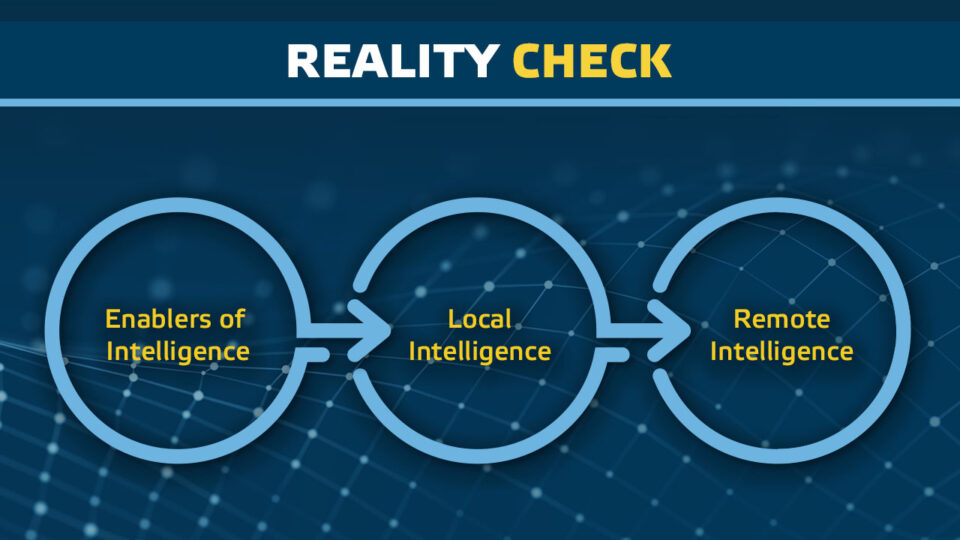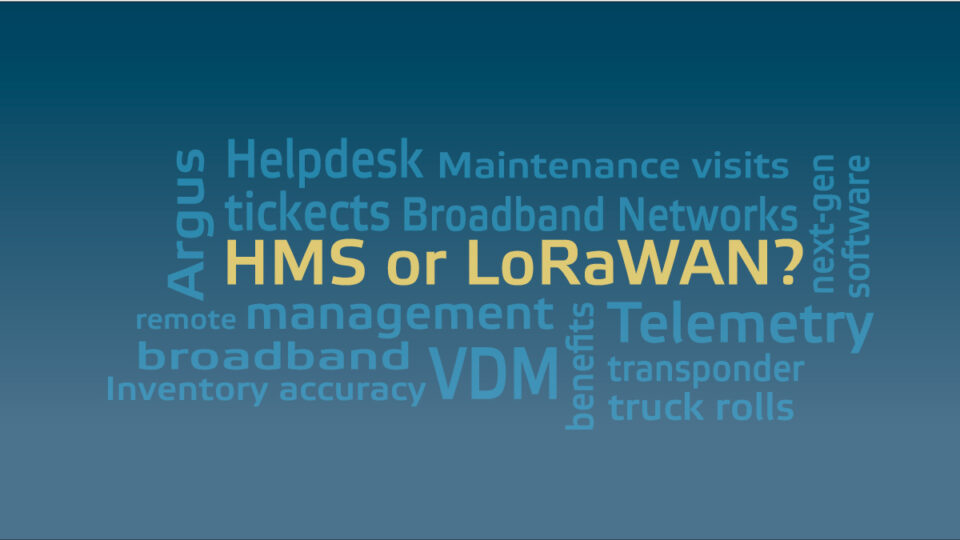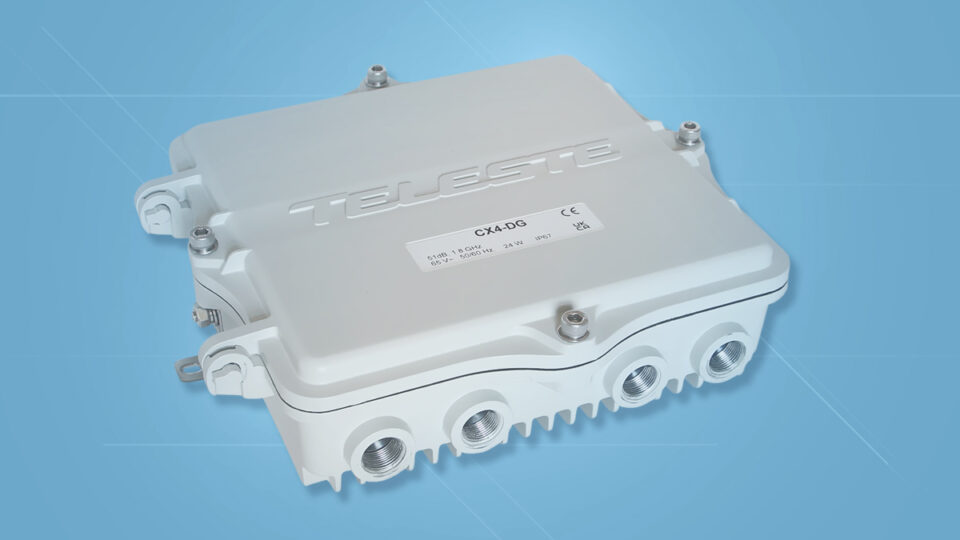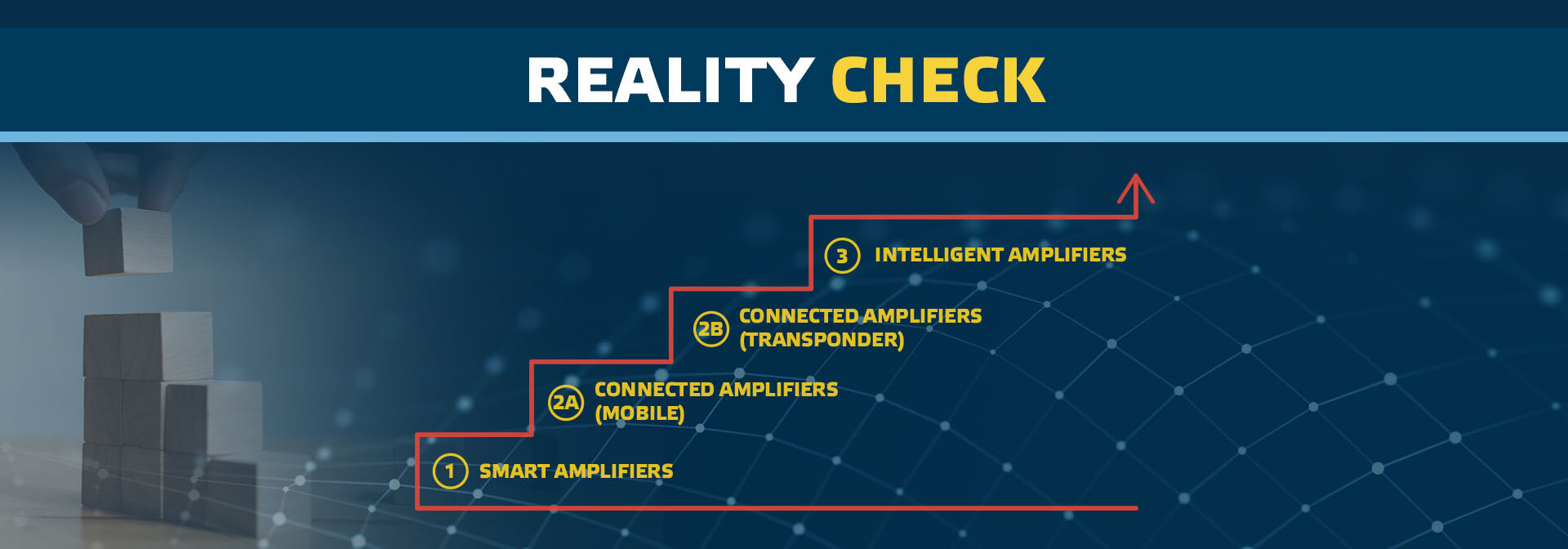
Beyond the Buzzwords: Differences between Smart, Connected, and Intelligent Amplifiers
The benefits of ‘smart’ and ‘intelligent’ amplifiers seem to be surprisingly clear, despite the terms not being clearly defined. In fact, these terms may hold different meanings for those who express them and for those evaluating whether they should impress. Therefore, we aim to clarify these terms by categorizing amplifiers into three groups, differentiated by their level of intelligence.
We begin with the broadest term, ‘smart amplifiers,’ and progress towards categories that not only encompass the features of the broader category but also add features that render them more sophisticated. After these definitions, Chart 1 offers a summary of the features that become available as we move up the hierarchy. While amplifier categories differ, certain features are common across categories. These include: (1) automatic setup and level regulation, and (2) the obviation of plug-in pads or equalizers during initial configuration.
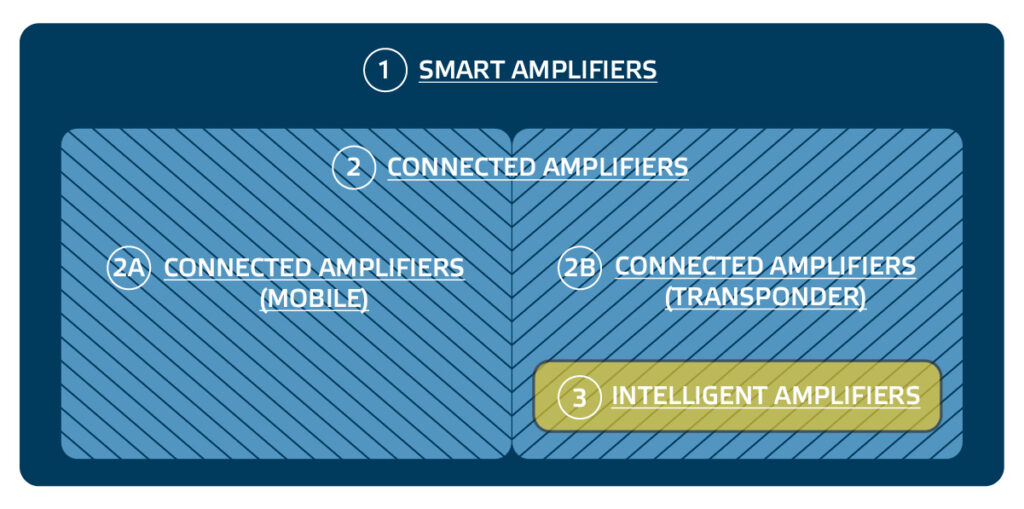
Smart Amplifiers
The term ‘smart amplifiers’ refers to amplifiers equipped with automatic setup features, such as Automatic Level and Slope Control (ALSC) or Return Follows Forward (RFF), both of which require a microprocessor. Although these amplifiers are capable of hosting HMS and DOCSIS transponders, they are not outfitted with them as standard. While these amplifiers can utilize pre-made configuration files, this process requires manual effort. Additionally, backing up the currently used configuration involves manually transferring the amplifier’s settings to an external storage location for safekeeping.
Connected Amplifiers
Connected amplifiers, a subset of smart amplifiers, can interface remotely with Network Management Systems (NMS) and/or Element Management Systems (EMS). Management can occur through the HFC network using traditional HMS and DOCSIS transponders (as shown in Chart 1, item 2B), or, alternatively, with handheld mobile devices (referenced in Chart 1, item 2A) that connect both to the amplifier and the NMS/EMS.
In this scenario, mobile devices, such as smartphones, serve as substitutes for traditional transponders. When remote connections utilize traditional transponder modules in amplifiers, the ability to read information from the amplifier and make changes is always accessible. Mobile devices, carried by field technicians, limit the connection of centralized servers to the amplifiers to on-site visits. While this approach is cost-effective in terms of Capital Expenditure (CAPEX), it may present different considerations regarding Operational Expenditure (OPEX).
Intelligent Amplifiers
Intelligent amplifiers represent a specific category of connected amplifiers that not only host transponders but also include measurement circuitry for upstream measurements. This enables them to support advanced upstream analysis, essential for tasks like analyzing ingress and Common Path Distortion (CPD) in the access network.
Although all amplifier categories (smart, connected, intelligent) reduce the amount of fieldwork and the hours required to train field technicians for installations, intelligent and connected amplifiers, equipped with a transponder, further minimize the training needs of technicians who address field issues such as ingress and CPD. In such scenarios, field technicians can receive guidance from experts using the NMS/EMS, allowing for remote problem resolution. Consequently, technicians, aided by information from the NMS/EMS users, can often directly reach the correct location, instead of visiting multiple amplifier sites to diagnose the root cause of an issue.
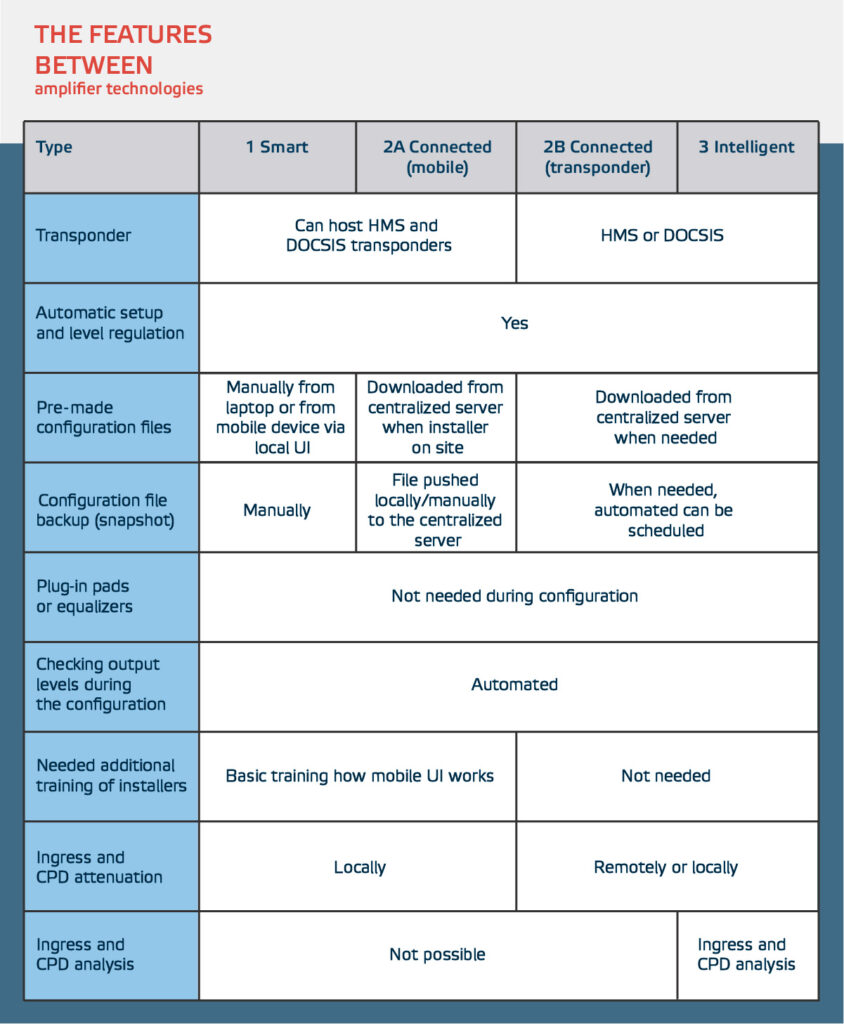
Opportunity
The cable industry is soon starting massive next-generation network upgrades that necessitate innovations to make the roll-outs feasible. The limited number of trained installers, cost pressure, and the requirement to improve the quality of HFC networks urge innovations. We are excited to be part of writing the next chapter of broadband together with our customers. Stay smart, connected, intelligent, and ahead with our innovations! Explore our earlier insights and reality checks through the links below.
More reality checks
